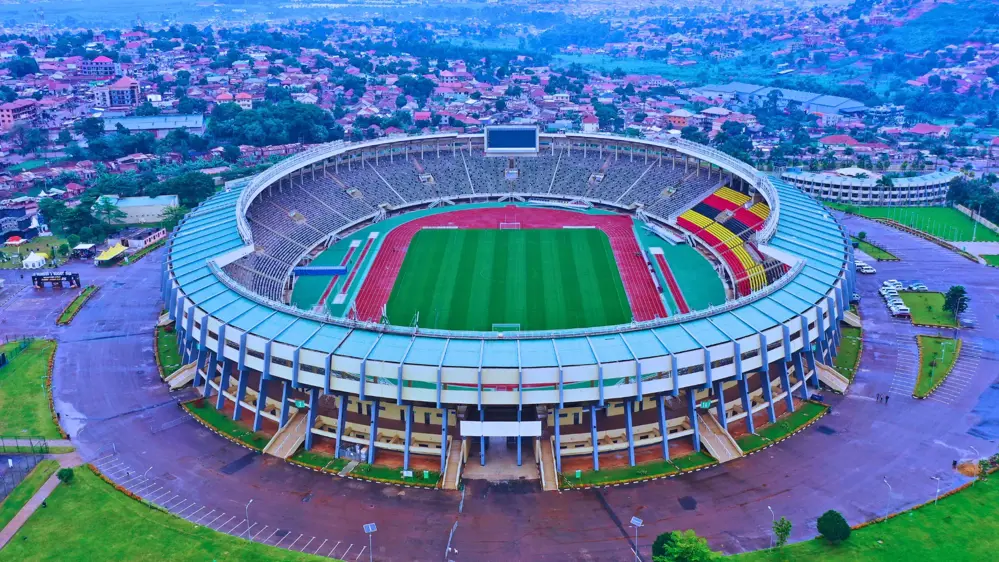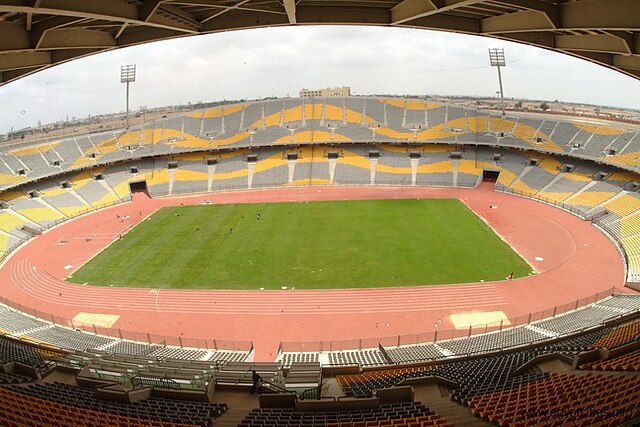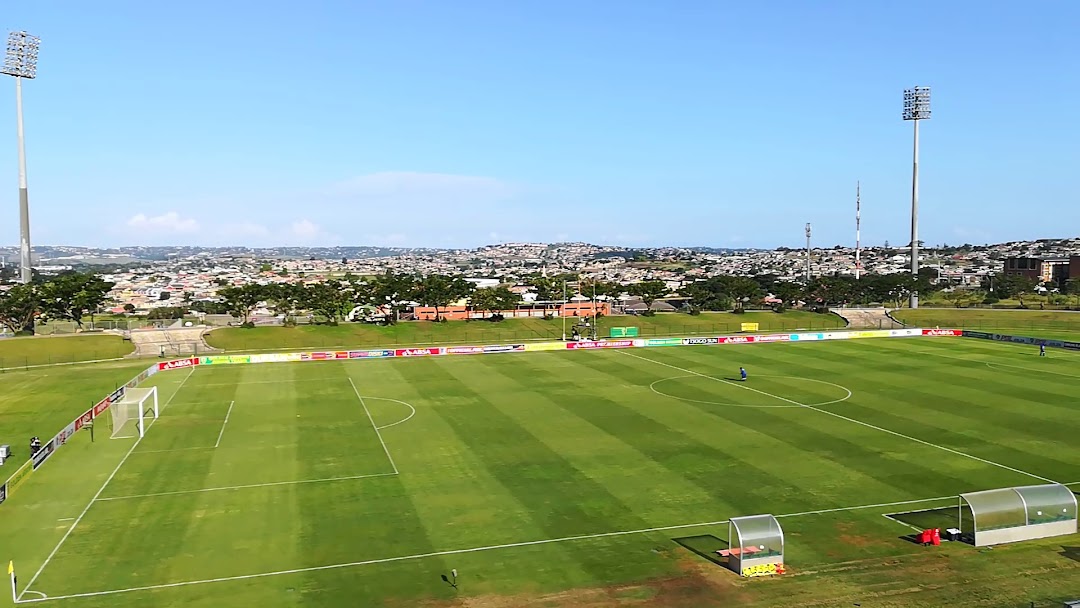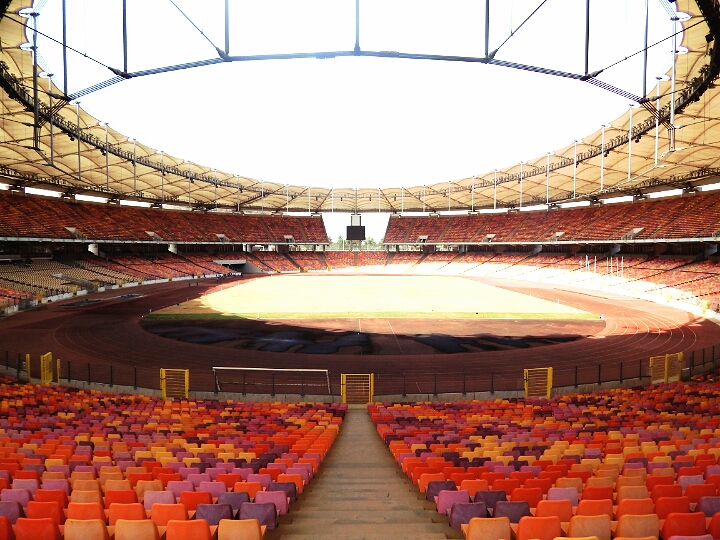Inside Allianz Arena, Munich, Germany: Design And Construction
Welcome to Allianz Arena, the state-of-the-art stadium in Munich that has captured the hearts of football fans worldwide. This magnificent structure is not just a place for football matches; it’s an architectural marvel that has redefined modern stadium design. From its striking exterior to its flawless interior, every aspect of this arena speaks volumes about German engineering and craftsmanship. In this blog post, we’ll take you on a journey through the history, design, construction and present-day features of Allianz Arena to give you an in-depth understanding of what makes it so special. So sit back and enjoy the ride!
Allianz Arena Design
The Allianz Arena’s design is a stunning showcase of modern architecture. The stadium was designed by the Swiss architectural firm Herzog & de Meuron, who were also responsible for designing Beijing’s Bird’s Nest Stadium.
One of the most striking features of the Allianz Arena’s design is its exterior shell, which consists of 2,874 inflated ETFE plastic panels that can change color based on external lighting conditions. This unique feature has earned it the nickname “Schlauchboot” or inflatable boat.
Inside, the arena boasts three tiers of seating with a capacity to hold over 75,000 fans during football matches. The stadium’s seating arrangement ensures that every spectator gets an unobstructed view of the pitch.
To provide optimal conditions for players and spectators alike during events held at night-time, floodlights are installed on top and around Allianz Arena. These lights ensure perfect visibility throughout every corner of this magnificent structure.
Allianz Arena stands as a testament to German innovation in both engineering and design. It represents a new era in sports architecture where form meets function in beautiful harmony.
Allianz Arena Construction
The construction of the Allianz Arena began in 2002, and it took three years to complete. It was designed by Swiss architects Jacques Herzog and Pierre de Meuron, who also designed the Beijing National Stadium for the 2008 Olympics.
The stadium’s unique facade is made up of over 2,800 diamond-shaped panels that are illuminated at night by a state-of-the-art lighting system. The panels can be lit up in different colors depending on which team is playing or what event is taking place.
One interesting fact about the construction of the Allianz Arena is that it was built using almost entirely recycled materials. Over 3,000 tons of steel were used from an old power plant near Berlin, and all concrete waste was recycled on-site.
Another challenge during construction was ensuring that noise levels would not disturb nearby residents. To solve this problem, special quiet concrete blocks were used to build the stadium’s outer walls.
The construction process for the Allianz Arena was a massive undertaking with many unique challenges along the way. But thanks to innovative design and careful planning, it has become one of Munich’s most iconic structures today.
Allianz Arena today
Today, the Allianz Arena stands as one of the most recognizable stadiums in the world. Its unique design and striking appearance make it a must-see destination for any football fan visiting Munich.
The stadium’s exterior is adorned with thousands of LED lights that can be programmed to display different colors and patterns depending on which team is playing at home. This feature gives the arena an extra level of excitement during matches and creates an unforgettable atmosphere for fans.
Inside, visitors can enjoy state-of-the-art facilities including spacious seating areas, numerous food and drink vendors, and even a museum dedicated to FC Bayern Munich. The stadium also boasts excellent sightlines from every seat, ensuring everyone has a great view of the action on the pitch.
Despite its age, Allianz Arena remains one of Germany’s top football venues. It continues to host high-profile games such as Bundesliga matches and Champions League fixtures regularly throughout each season. Football enthusiasts should not miss out on experiencing this iconic stadium firsthand when they visit Munich!
Location
Allianz Arena is located in the northern part of Munich, Germany(Go on Map). The stadium is situated in a district called Fröttmaning, which is known for its modern architecture and urban design. Its location makes it easily accessible from all parts of the city.
The stadium has excellent transport connections with two subway stations; U6-Fröttmaning and U3-Olympiazentrum nearby. Additionally, there are several bus routes that connect to the arena on match days making it easy to reach even without a car.
Besides public transport links, Allianz Arena boasts ample parking space for cars and bicycles. There are over 10,000 parking spaces available around the stadium making it easier for visitors who prefer driving themselves.
The area around Allianz Arena also offers various entertainment options such as restaurants, bars and cafes where fans can grab something to eat or drink before or after watching a game. The venue’s prime location gives football enthusiasts an opportunity not only to enjoy games but also explore other attractions in this vibrant part of Munich.
Allianz Arena’s location provides both convenience and access to various amenities that make attending events at this world-class facility an unforgettable experience.
Food and drinks points at the stadium
Attending a game or tour at the Allianz Arena is an unforgettable experience for any football fan. From the striking design to the impressive construction, this stadium is truly unique and worth visiting. Plus, with plenty of food and drink options available on-site, fans can refuel during their visit.
There are over 100 different catering points within the stadium, serving everything from traditional Bavarian cuisine to international dishes. There are also dedicated beer gardens where visitors can enjoy a refreshing pint of local brew while taking in views of the arena.
One standout feature is the world’s largest sausage grill located outside of Gate 12. Here you can sample classic German sausages like bratwurst and currywurst cooked fresh on the grill.
All in all, a trip to Allianz Arena not only provides exciting football action but also an opportunity to explore one of Europe’s most iconic stadiums while indulging in delicious food and drinks along the way!





